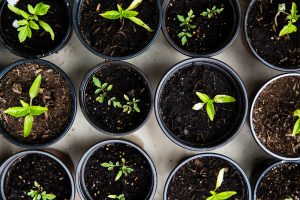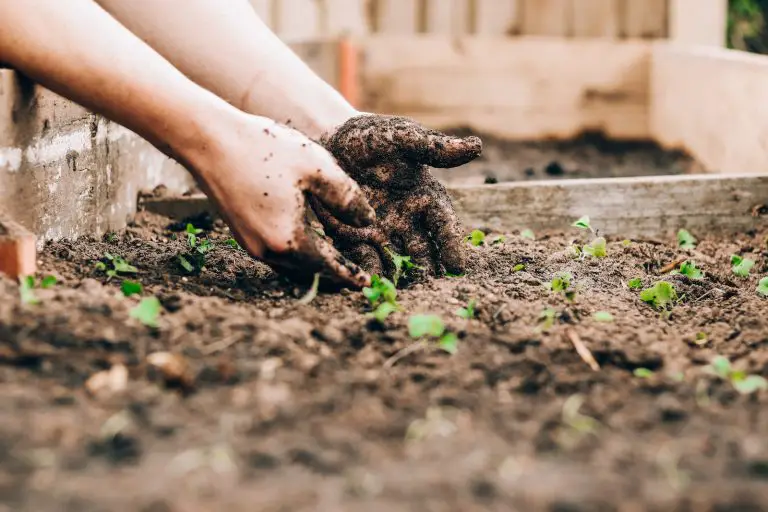Kitchen scrap gardening is a simple and eco-friendly way to start growing your own plants at home. It involves using leftover parts of fruits and vegetables that are often thrown away as compost, to regrow new plants. This practice not only helps reduce food waste but also provides an opportunity to enjoy fresh produce that you can grow in your own space, regardless of whether you have a backyard or not.
In this article, we’ll explore what kitchen scrap gardening is, how it works, and provide some tips on how to get started on this fun and sustainable hobby.
What Is Kitchen Scrap Gardening?
Kitchen scrap gardening is the process of using food scraps that would typically be discarded as waste, such as root crops, stems, and fruit pits, to grow new plants or your own vegetable garden. Instead of throwing these scraps in the trash or composting them, you can transform them into thriving plants that will yield fresh produce.
This practice not only reduces food waste but also provides an opportunity for individuals to grow their own food, even if they have limited space or access to a garden. Kitchen scrap gardening is a simple and cost-effective way to get started with gardening and can be done by people of all ages and experience levels. With a little patience and care, you can transform your kitchen scraps into beautiful and healthy plants.
How Does Kitchen Scrap Gardening work?
Kitchen scrap gardening works by utilizing the ability of certain fruits and vegetables to regrow from parts that are typically discarded. For example, many root vegetables such as lettuce, celery, green onions, sweet potatoes and bok choy can be regrown from their base, while carrots and beets can regrow from their tops. Similarly, some fruits like avocado, citrus, and pineapple can be grown from their seeds or cuttings.
To get started with kitchen scrap gardening, you’ll need to select the fruit trees and vegetables that you want to regrow and save the appropriate scraps. For example, if you want to regrow lettuce, you can save the base of the lettuce head after you’ve used the leaves. Next, you’ll need to place the scrap in a container of water or soil and provide the necessary care, such as changing the water regularly, ensuring the plant gets enough light, and providing nutrients if needed. Over time, the scrap will begin to sprout roots and leaves, and with proper care, will grow into a healthy plant that can be harvested for fresh produce.
While not all fruits and vegetables can be regrown from scraps, kitchen scrap gardening provides a fun and sustainable way to reduce food waste and enjoy fresh produce from your vegetable plot to own vegetable gardens. With a little creativity and experimentation, you can discover which scraps work best for you and start growing your own garden from kitchen scraps.
How To Start With Kitchen Scrap Gardening?
Starting with kitchen scrap gardening is easy and doesn’t require a lot of supplies or experience. Here are some simple steps to get started:
- Choose the right scraps: Select fruits and leafy vegetables that can be regrown from scraps. Some examples include lettuce, celery, bok choy, carrot tops, sweet potato, beet tops, avocado pits, citrus seeds, and pineapple tops.
- Prepare the scraps: Once you’ve selected the scraps, clean them and remove any excess flesh or leaves. For some scraps, such as avocado pits or citrus seeds, you may need to soak them in water for a few days to loosen the outer layer.
- Choose a container to grow plants: You’ll need windowsill garden, a container to place the scraps in, such as a jar, glass, or container filled with soil. Make sure the container is large enough to accommodate the scrap or vertical garden and that it has drainage holes if using soil. If you want companion planting then you’ll need bigger pots.
- Provide the right environment: Depending on the scrap, you’ll need to provide the appropriate environment for growing root vegetables, such as placing the scrap in water or soil and providing adequate light and temperature.
- Be patient and care for your plant: It may take a few weeks or even months for your scrap to grow into a healthy plant. Be patient and provide regular care, such as changing the water, adding nutrients, and pruning as needed.
By following these simple steps, you can grow vegetables and start your own kitchen scrap garden and enjoy the benefits of fresh produce from your own home. Remember to have fun and experiment with different scraps to see what works best for you.


